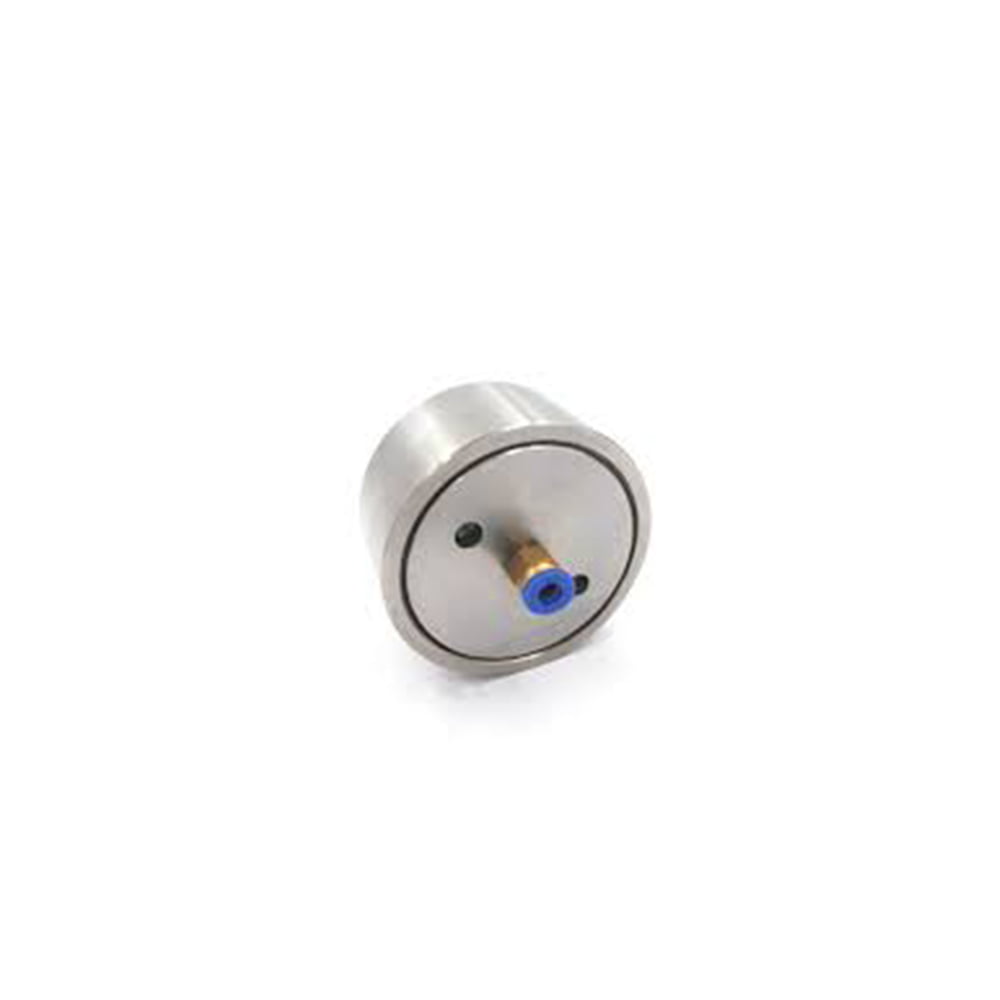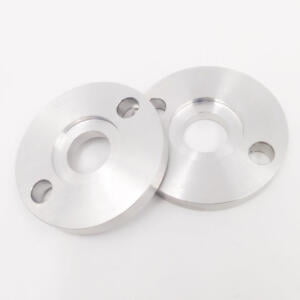Description
Waterjet Replacement parts: Pneumatic Cylinder
Item number: BV401184
Details: Installed top of the pneumatic valve assembly

Related waterjet replacement parts:
| Numéro d’article | Description |
| 20427648 | Corps de soupape |
| 10178697 | Valve seat |
| 49830904 | Adapter, HP water valve |
| 20435636 | Valve stem |
| 10188233 | Backup ring, Brass |
| 20428052 | Assemblage du joint |
| 10189553 | Actuator assembly, N/O |
| BV401184 | Pneumatic cylinder |
| BV601184 | Cylinder head |
| BV501184 | Piston |
| 10187250 | Backup ring, SST |
| 10074714 | O-ring, 2.44*2.63*.09 |
| 10074565 | O-ring, 2.25*2.38*.06 |
Other waterjet replacement parts:
| Numéro d’article | Description |
| 05059712 | Cylindre HP |
| 20417081 | Assemblage de la tête de scellage |
| 20422243 | HP Seal Assembly |
| 10110393 | Assemblage de joints |
| 80086622 | Hydraulic Cartridge Seal Assembly |
| 05007786 | Bride de retenue de bague |
| 05127584 | Commutateur de proximité |
FAQ of waterjet cutting machine & waterjet replacement parts:
Is water jet better than laser finish?
The finish quality of waterjet cutting versus laser cutting depends on several factors, including the material being cut, the thickness of the material, and the desired surface finish.
Waterjet cutting can produce a smooth finish on a wide variety of materials, including metals, plastics, and composites. Waterjet cutting does not generate heat during the cutting process, which can help to minimize distortion and heat-affected zones in the material. Additionally, waterjet cutting can produce precise edges and intricate shapes with minimal burrs or roughness.
Laser cutting can also produce a smooth finish on many materials, particularly on thinner materials. Laser cutting generates heat during the cutting process, which can cause some materials to melt or warp, resulting in a less precise finish. However, laser cutting is often faster and more cost-effective than waterjet cutting for thinner materials.
In general, both waterjet cutting and laser cutting can produce high-quality finishes, but the best method will depend on the specific material and application requirements. It’s important to consider factors such as material thickness, surface finish, and production volume when selecting a cutting method.




